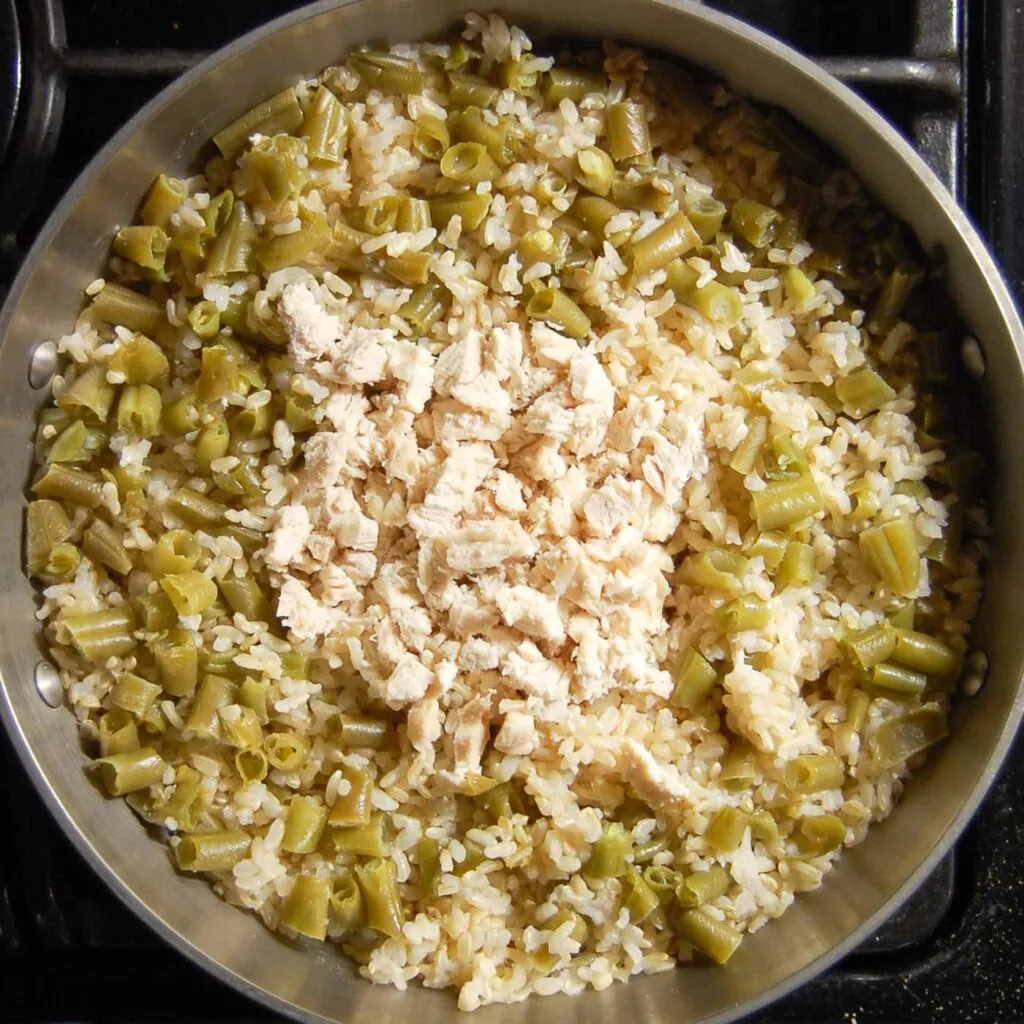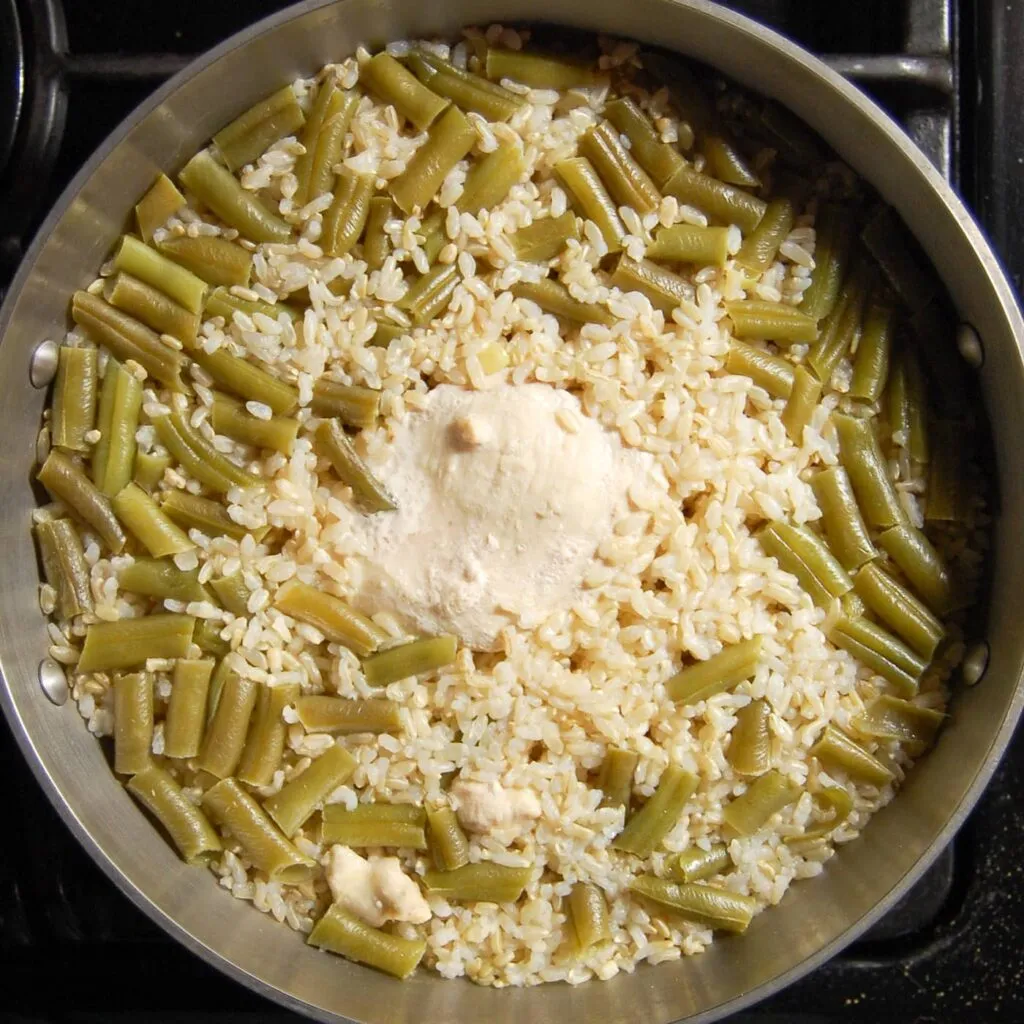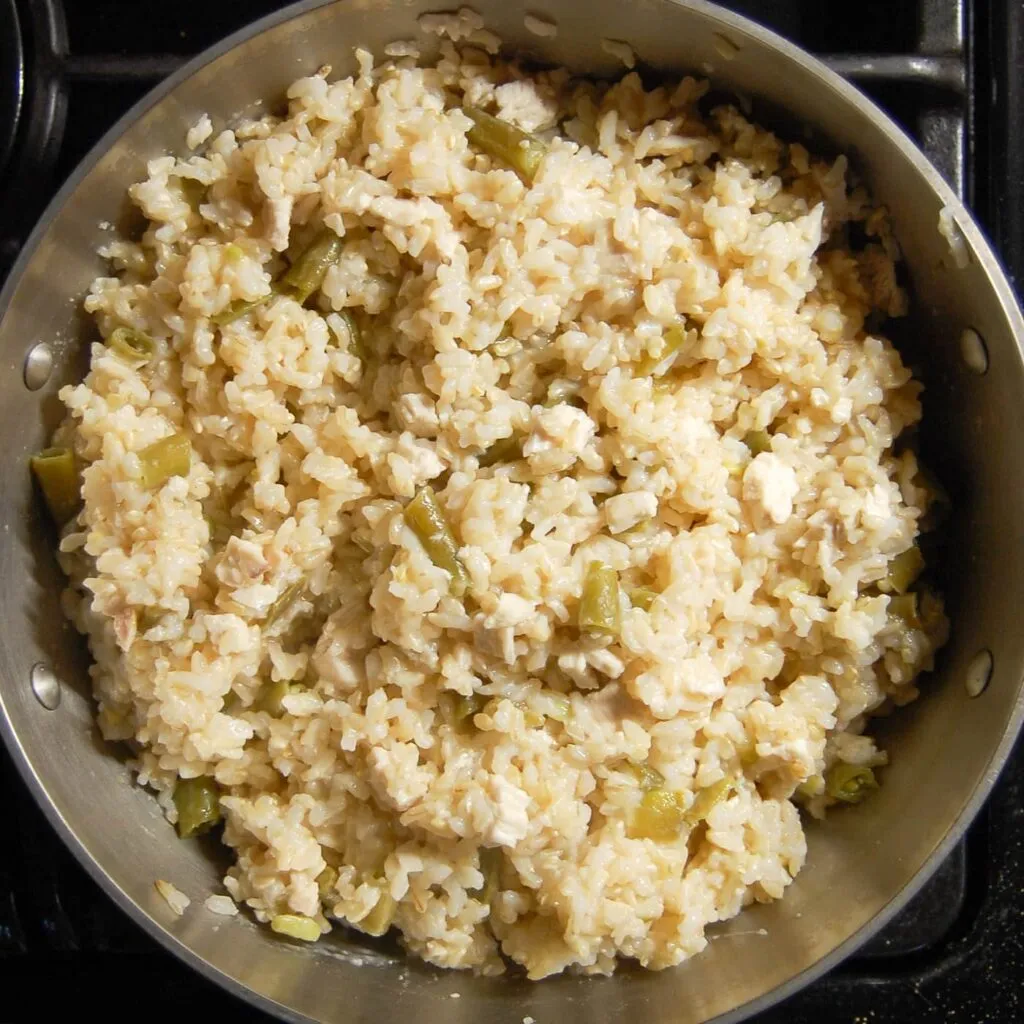For any devoted dog owner, knowing how to prepare a simple, healthy meal for your canine companion is invaluable. Boiled chicken and rice for dogs stands out as a go-to option, especially when your pup needs a little extra nutritional support or is recovering from digestive upset. This easy, one-pot recipe is not only straightforward to make but also packed with goodness.
This approach to feeding your dog is often recommended by veterinarians for various gastrointestinal issues, including upset stomachs and diarrhea, or as a recovery meal after surgery. Just like humans might reach for bland food when feeling unwell, dogs benefit from a simple, digestible meal. And for those moments when your dog might have indulged in something less than ideal (like that tempting patch of grass or a dropped morsel), this classic dish is the perfect solution.
An Appetite Booster for Picky Eaters
Recently, the simple combination of chicken and rice proved to be a significant appetite stimulant for my own dog, AndyBobby. After a successful surgery to remove a malignant mass, he underwent a three-month course of chemotherapy. While the treatment was crucial, it unfortunately led to a noticeable decrease in his once-enthusiastic appetite. Worried about his nutrition, I began exploring ways to make his meals more appealing. Being something of a “carboholic,” a few tablespoons of this chicken and rice recipe mixed with his regular kibble made a world of difference. It’s safe to say the other three dogs in the household also enthusiastically “sampled” this new addition to their meals! This joyful culinary experience for them was the best early Christmas gift I could have received, especially when, on December 18th, we got the wonderful news that AndyBobby was cancer-free.
Even now, well past his treatment, we continue to make chicken and rice for the dogs regularly. I appreciate the added health benefits of incorporating whole foods into their diet, and the preparation takes mere minutes and costs very little. The most rewarding aspect, however, is the extra tail wags and happy barks at breakfast and dinner. If your dog is experiencing appetite issues or needs a gentler meal, this recipe is an excellent starting point. For dogs with specific dietary needs or if you’re unsure about their nutritional intake, consulting resources on what foods can dogs eat and not eat can provide helpful guidance.
 Chicken and rice for dogs after cooking with cut-up green beans and chicken breast
Chicken and rice for dogs after cooking with cut-up green beans and chicken breast
How to Cook Chicken and Rice for Dogs
Preparing chicken and rice for dogs is remarkably easy, and the one-pot method simplifies cleanup significantly.
Initially, I used to boil the chicken and steam the rice separately, a process that felt more time-consuming than necessary. I soon discovered that combining everything in a single pot not only saves effort but also allows the rice to absorb the savory juices from the chicken, enhancing the flavor. Who doesn’t love easier and tastier?
This is how the dish looks once cooked and ready for cooling and portioning.
 Chicken and rice for dogs after done cooking
Chicken and rice for dogs after done cooking
Once cooked, the mixture is ready for cutting into smaller pieces.
 Chicken and rice for dogs after cooking with cut-up green beans and chicken breast
Chicken and rice for dogs after cooking with cut-up green beans and chicken breast
Everything is then stirred together.
 Chicken and rice for dogs with cut-up green beans and chicken breast stirred together
Chicken and rice for dogs with cut-up green beans and chicken breast stirred together
Finally, it’s transferred to a container for refrigeration.
 Chicken and rice for dogs in a glass bowl with a crater formed in the middle for faster cooling
Chicken and rice for dogs in a glass bowl with a crater formed in the middle for faster cooling
While the presentation might not win any culinary awards, its appeal lies in its wholesomeness and the joy it brings to canine companions. If it contributes positively to your pup’s health, that’s the true measure of success. For owners exploring alternative feeding options, understanding vegan dog treats can also offer interesting insights into dog nutrition.
Storage Instructions
To properly store the freshly cooked chicken and rice, create a slight indentation in the center of the mixture. Allow it to cool on the counter for approximately 20 minutes before covering and refrigerating.
This Homemade Dog Food With Chicken And Rice can be stored in the refrigerator for up to seven days.
For longer storage, portion the mixture into balls and place them on a parchment-lined baking sheet. Freeze for about an hour, then transfer the frozen balls to a labeled freezer bag. These frozen portions can be quickly reheated in the microwave for 20-30 seconds before being added to your dog’s kibble. Frozen chicken and rice will remain good in the freezer for up to two months.
Key Tip for Rice Preparation
Always pay close attention to the cooking time indicated on your rice package.
Whole grain brown rice typically requires about 45-50 minutes to cook and needs more water due to the intact bran layer, which gives it its characteristic color and texture. White rice, having had the bran removed, cooks much faster, usually within 16-20 minutes, and requires less water. Being aware of these differences will help prevent the rice from scorching. I once encountered a bag labeled “brown rice” that behaved like white rice in terms of cooking time and water needs, lacking the typical chewy texture of true brown rice.
While we often opt for brown rice for daily use due to its nutritional benefits, veterinarians frequently suggest white rice for dogs experiencing digestive issues, as its lower fiber content is gentler on an upset stomach. Regardless of the type, your dog is likely to enjoy this preparation. Ensuring the recipe turns out well for both you and your pup is the ultimate goal. When your dog is feeling unwell, knowing what can I feed my dog when he’s sick can be incredibly helpful.
Frequently Asked Questions
Is Brown or White Rice Better for Dogs?
The choice between brown and white rice largely depends on why you are feeding it to your dog.
Brown rice, with its intact bran, is richer in fiber and has a lower glycemic index compared to white rice. This means it releases sugars into the bloodstream more slowly. For dogs, fiber can promote a feeling of fullness but can also be harder to digest, making it unsuitable for gastrointestinal issues or diarrhea.
White rice, on the other hand, is highly digestible and is often the veterinarian’s recommendation for dogs with an upset stomach. It’s easy to eat, gentle on the digestive system, and provides a quick source of energy.
For a healthy dog’s daily diet, brown rice is generally the more nutritious choice. White rice is best reserved for occasional use to soothe digestive discomfort. Always consult your veterinarian for personalized advice based on your dog’s specific health needs.
Can I Feed My Dog Boiled Chicken and Rice Every Day?
The answer is a nuanced yes and no.
YES. Chicken, rice, and a variety of suitable vegetables are beneficial for dogs. This recipe is specifically designed to be easy on sensitive stomachs, encourage appetite, and add variety to a dog’s regular diet.
NO. This meal should not be the sole component of your dog’s diet. Boiled chicken and rice, even with added vegetables, is not a nutritionally complete food. Dogs require a broader spectrum of vitamins and minerals that are not present in chicken and rice alone. For guidance on providing a complete diet, understanding what can I feed my 4 month old puppy can be relevant for younger dogs.
How Much Chicken and Rice Should I Give My Dog?
In our household, we typically add a couple of tablespoons of chicken and rice to each meal, mixed with our dogs’ regular kibble and a little warm water. We adjust their kibble portion slightly to account for the extra calories.
When a dog is unwell, our veterinarian advises feeding smaller, more frequent meals consisting solely of chicken and rice for a day or so. This allows their digestive system a period of rest and recovery. It is crucial to always consult your veterinarian when your dog is not feeling well and to prioritize their professional advice. If you have a specific breed like a Shih Tzu, you might wonder what can I give my shih tzu to eat when they have a sensitive stomach.
Related Recipes
Your dog might also enjoy exploring other healthy recipes specifically crafted for them.
Disclaimer: As an Amazon Associate, we may earn a small commission if you click a link and make a purchase. Thank you for supporting Dog Care Story.
